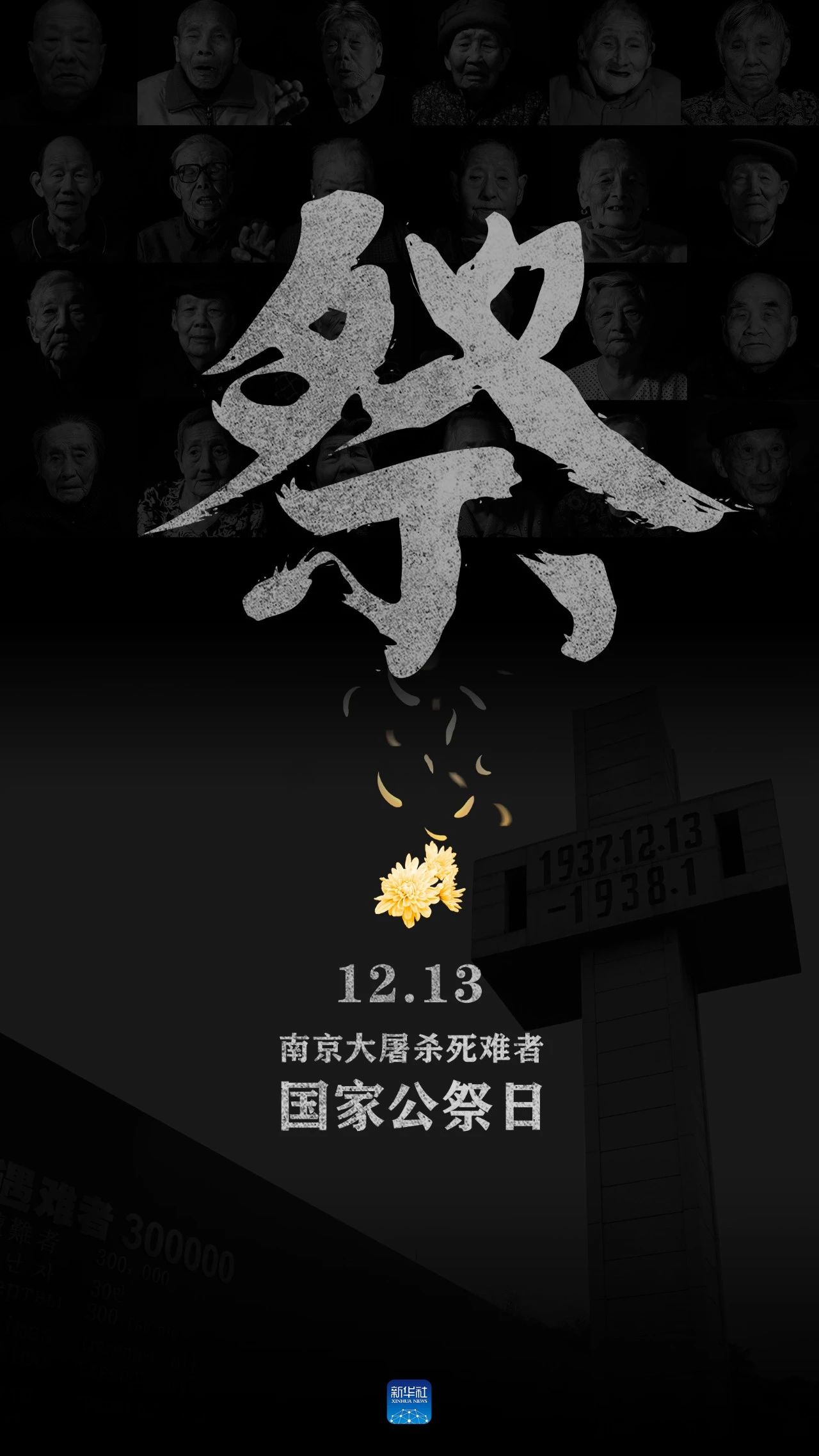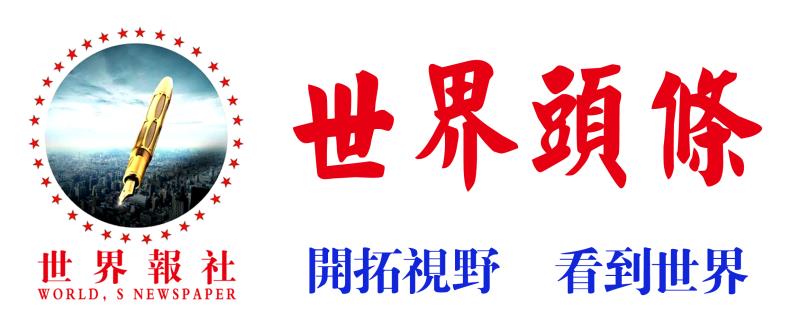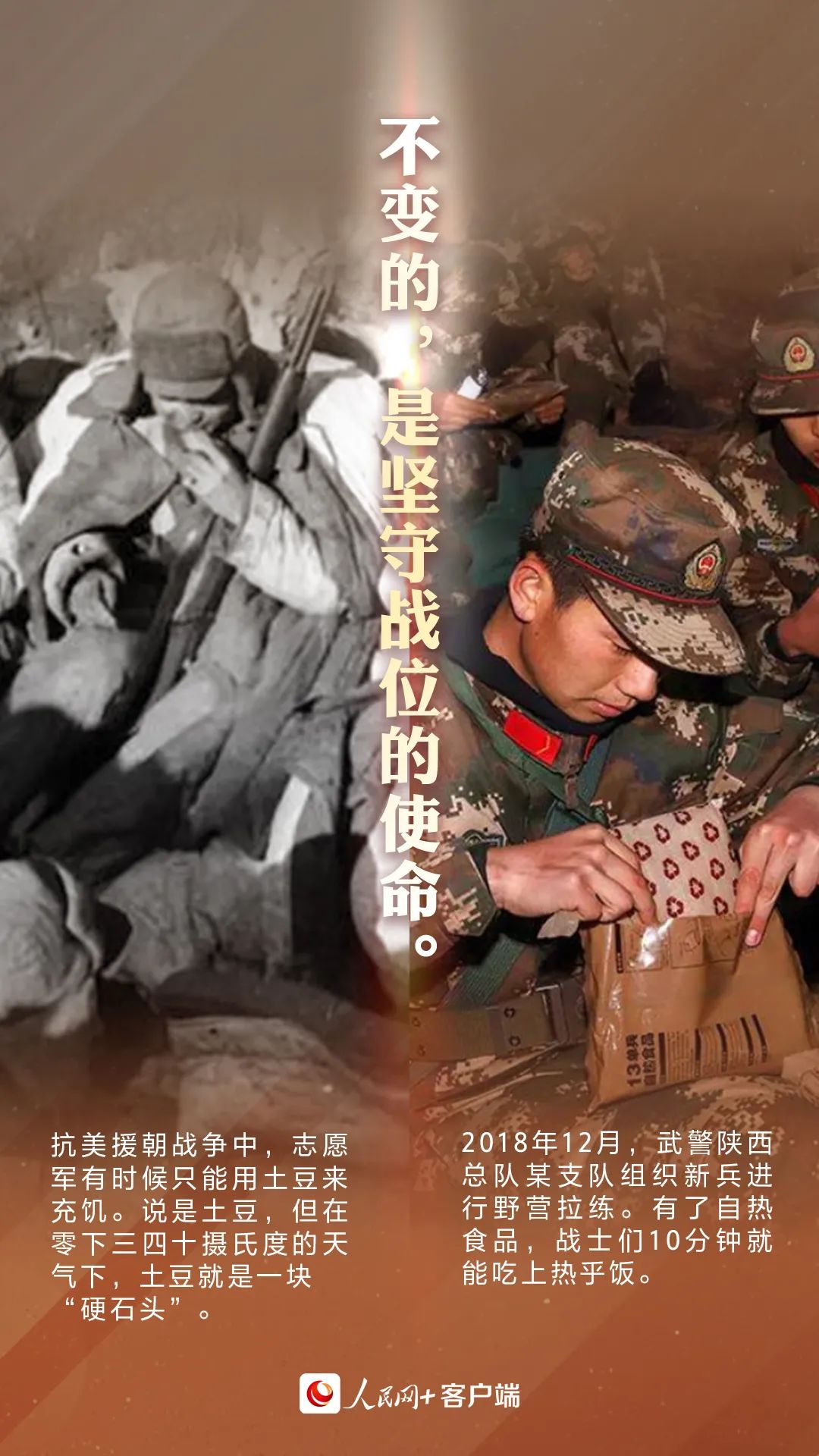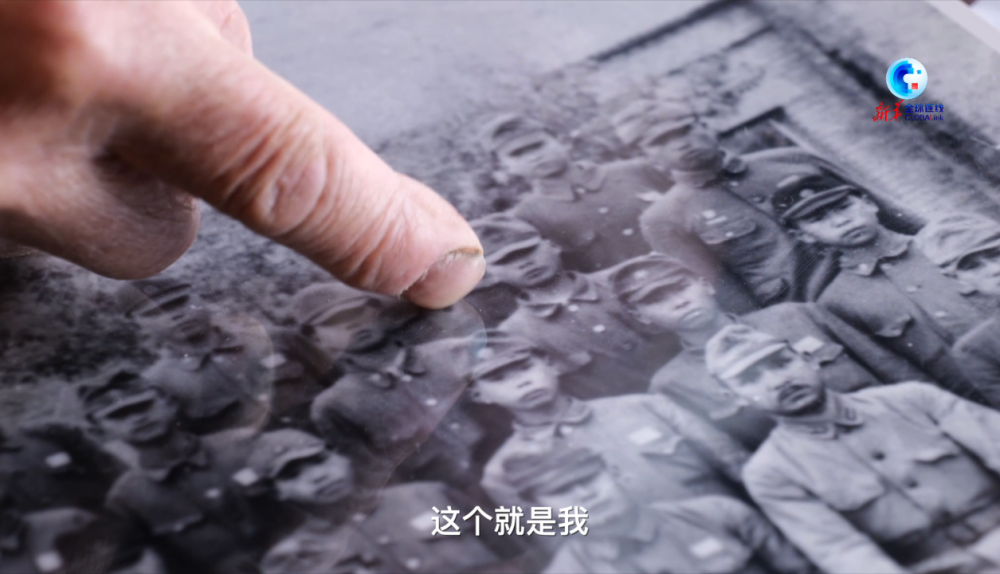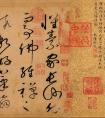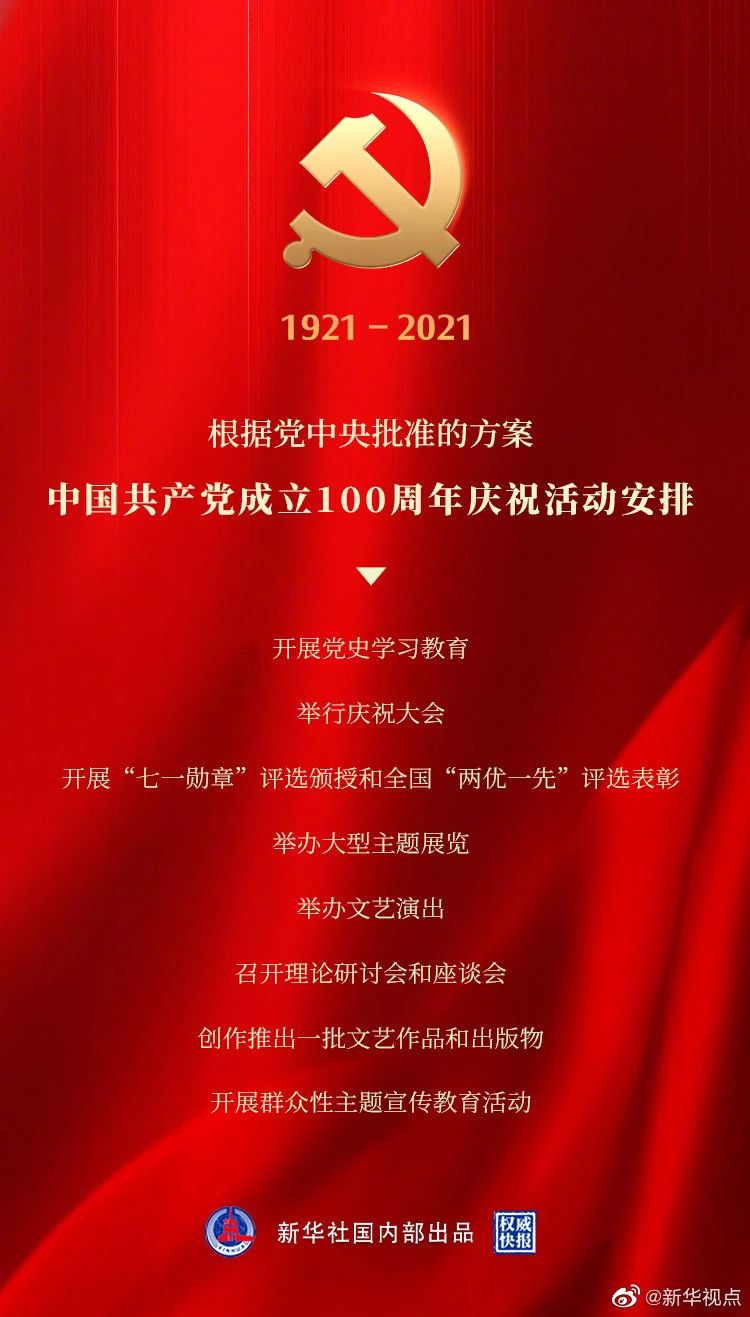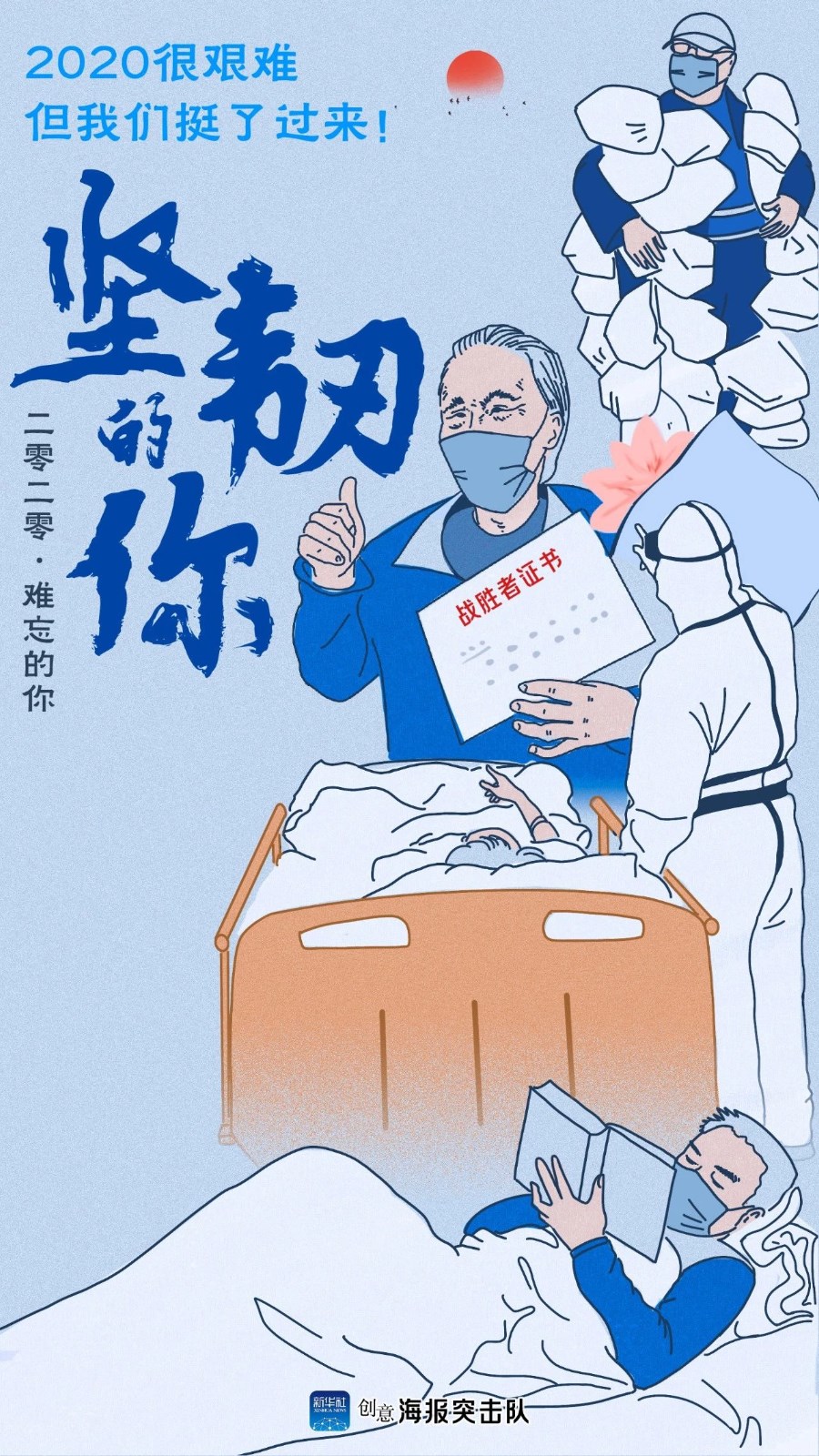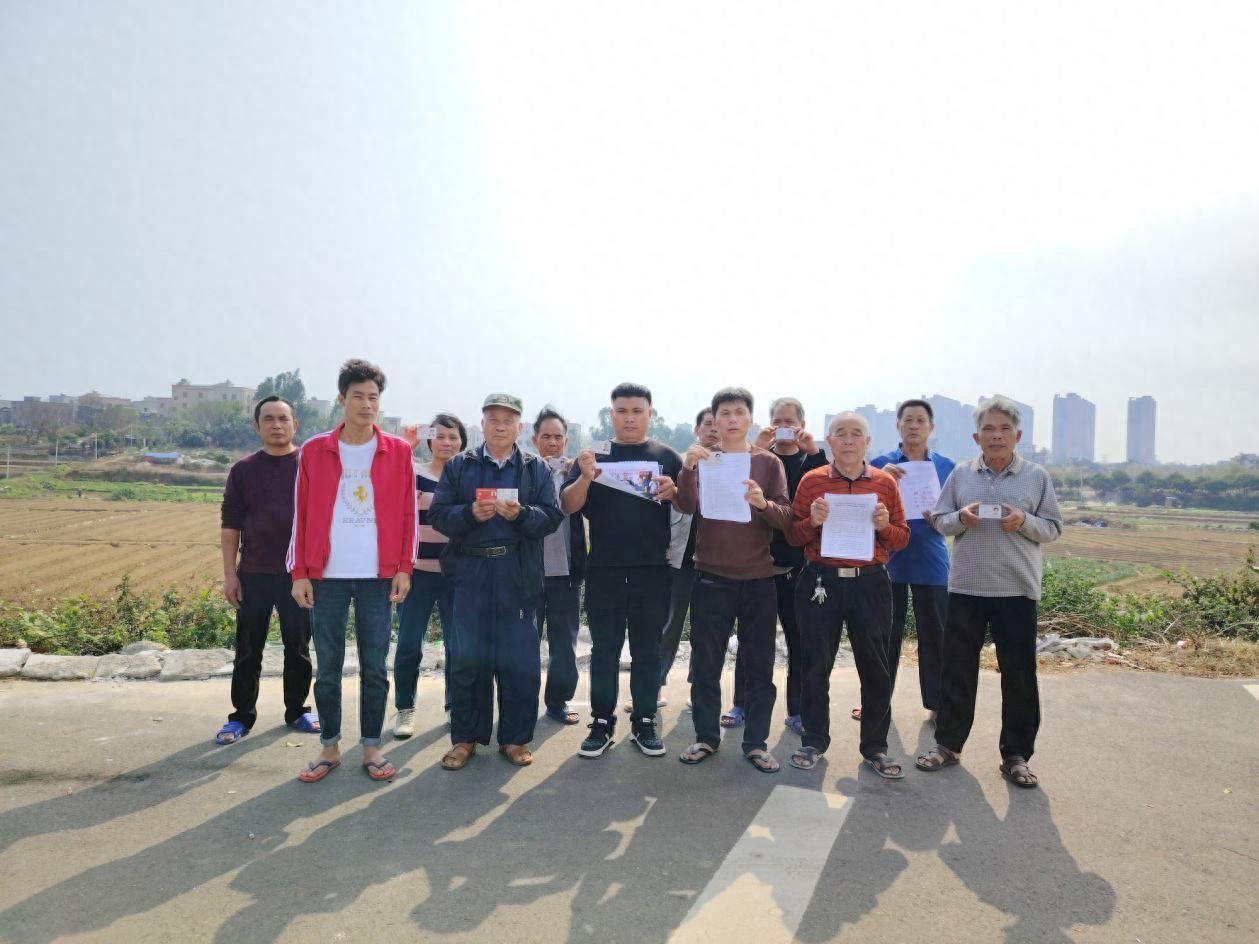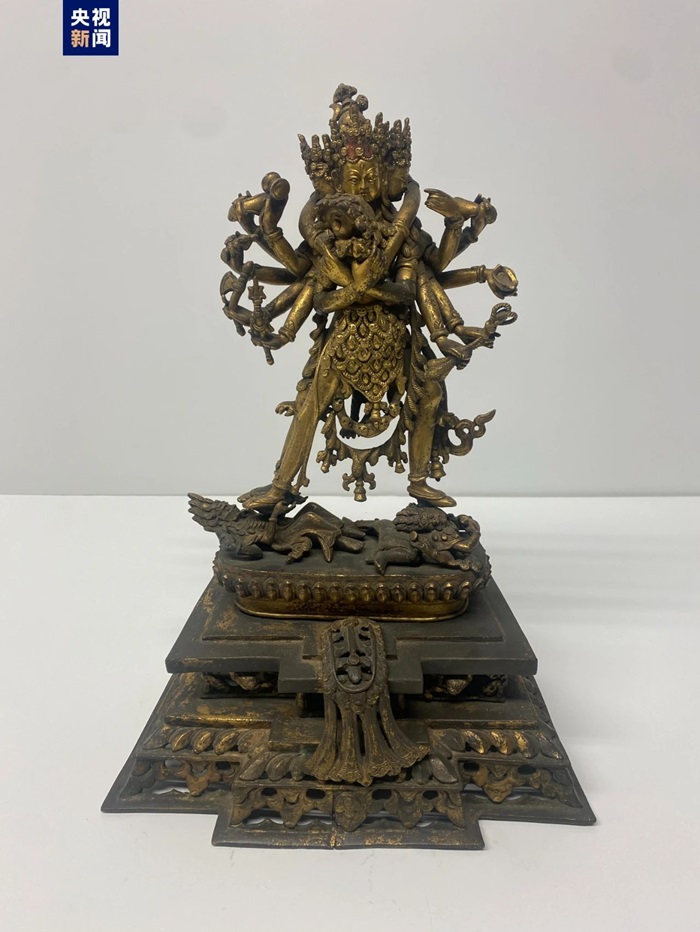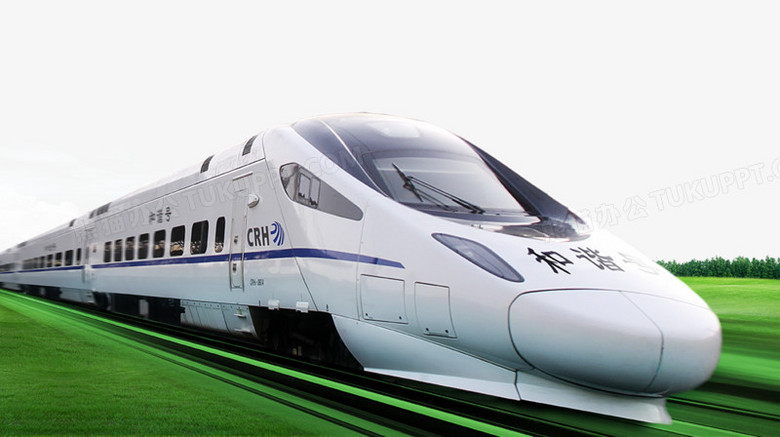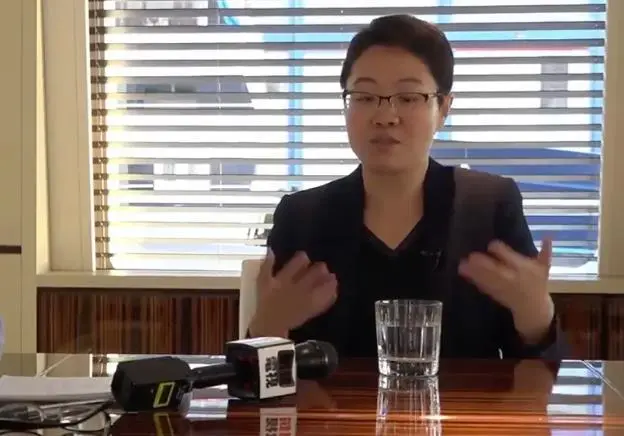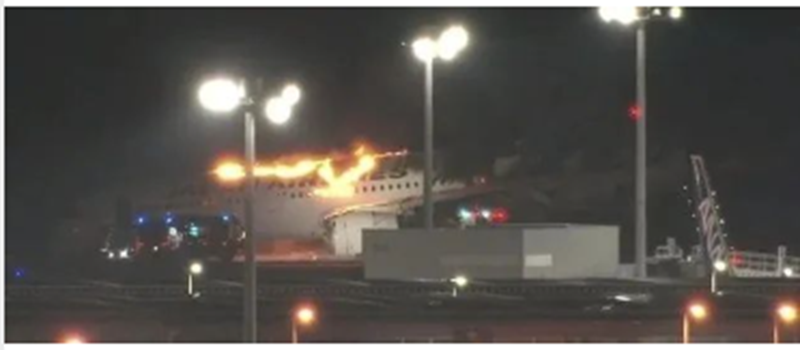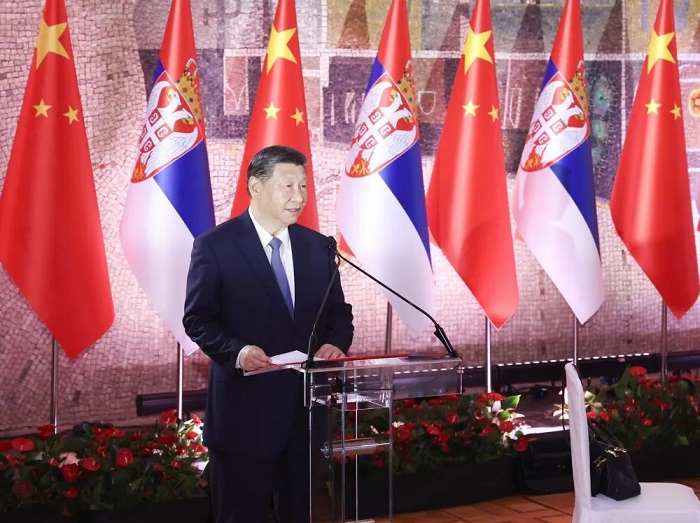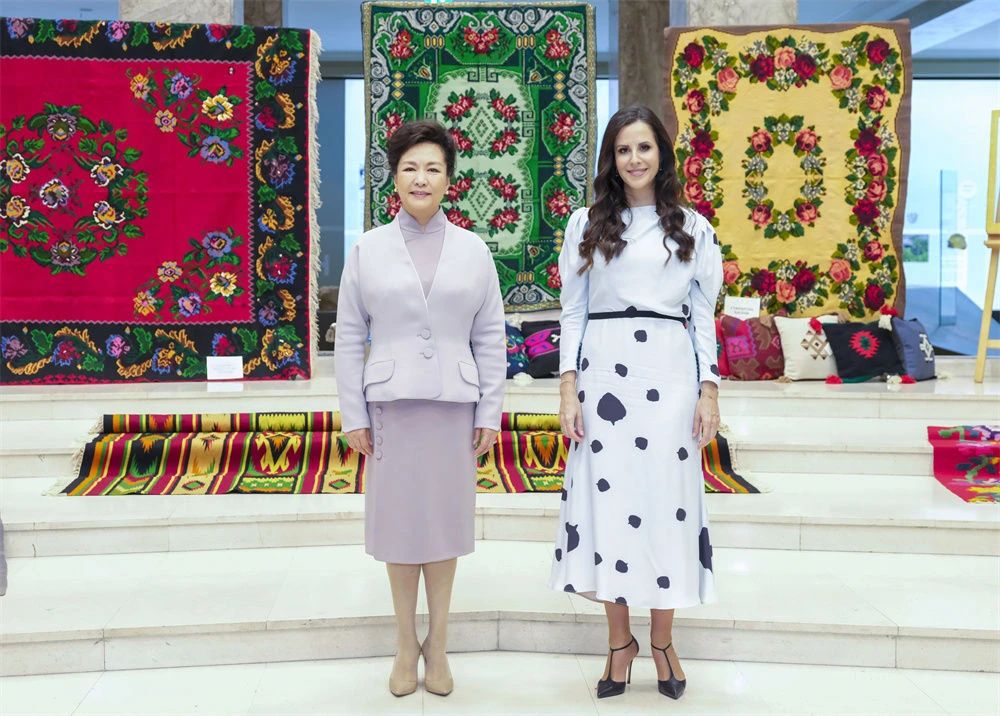来源:中国日报 转载编辑:段敬裕

Japan's abandoned chemical weapons (ACWs) are one of the serious crimes committed by Japanese militarists during their war of aggression against China. The ACWs have long been a serious threat to people's lives and property and ecological environment in the relevant areas in China.
Japan employed a huge amount of chemical weapons during its aggression against China. To cover its crimes, it buried many of the chemical weapons on the spot or threw them into rivers and lakes before it surrendered.

According to the Chemical Weapons Convention (CWC), Japan should've destroyed all its ACWs before 2007, but the process has been significantly delayed as Japan was not paying enough attention to the matter and lacked investment.

Japan missed the deadlines for the relevant destruction plan three times already and will soon miss the deadline for the fourth time. The way Japan is fulfilling its commitments is not satisfactory for people in both countries and the international community.
516部队——万恶之源
During Japan's aggression against China from 1931 to 1945, the Japanese army built a large number poisonous gas factories and chemical weapon assembly plants in many Chinese cities including Dunhua, Hailar, Taiyuan, Yichang, Jinan, Nanjing, Hankou and Guangzhou. Japan deployed chemical warfare troops in Shanghai, Yichang, Taiyuan and other places.
Unit 516 was a top secret Japanese chemical weapons facility, operated by the Kempeitai, in Qiqihar, Japanese-occupied Northeast China. The name Unit 516 was a code name of the Unit. It was officially called the Kwantung Army Chemical Weapons Section and operated underneath Unit 731.


遗弃化武——贻害万年
Today, Japan's ACWs are found at over 120 sites in 18 Chinese provinces, autonomous regions and municipalities. It is estimated that around 330,000 pieces of such weapons remain buried in Haerbaling alone.

Thousands of Chinese have been killed or hurt since the end of the war in 1945 by accidents related to the buried weapons.
On August 4, 2003, one person was killed and 43 others wounded when several barrels of mustard gas left by Japanese forces in 1945 leaked at a construction site in urban Qiqihar.

逾期处理——罪加一等
In accordance with the Chemical Weapons Convention as well as a Memorandum of Understanding inked between the two governments, Japan is responsible for destroying the ACWs and providing all necessary funds, technology, experts, apparatus and other resources, while the Chinese side offers assistance.


So far, Japan has only excavated and recovered over 90,000 items of the weapons and destroyed more than 60,000. This is clearly not satisfying for the Chinese people and the international society.



